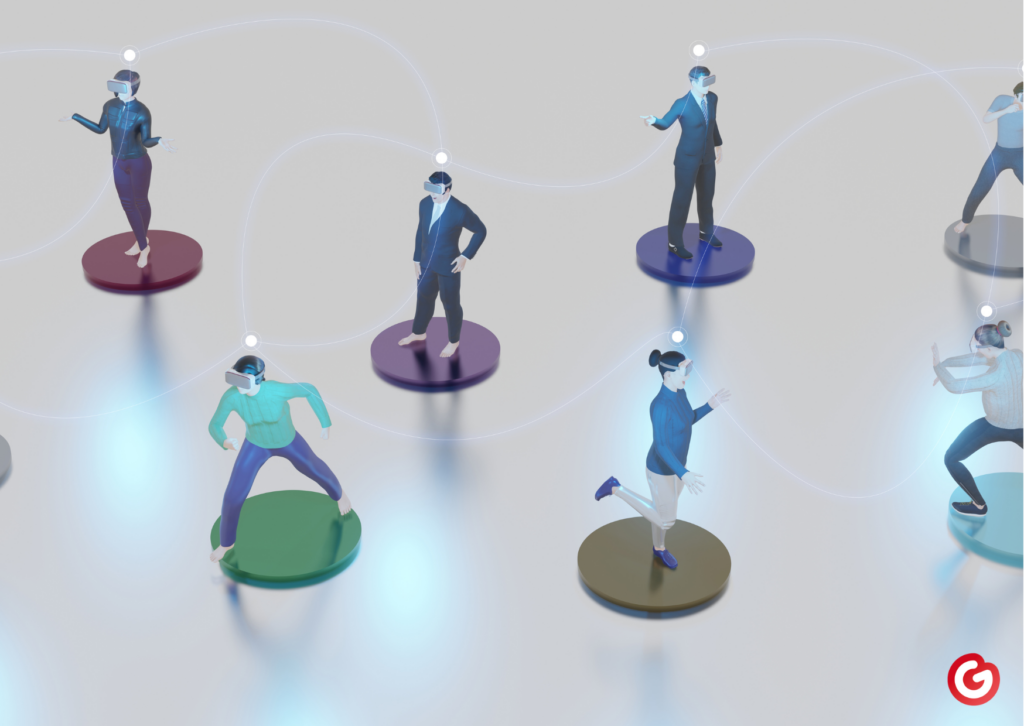Andrzej Marczewski, one of the biggest influencers and researchers of gamification, has developed a classification of six different players in gamification:
- Players
- Social
- free spirits
- winners
- Philanthropists
- disruptors

Player
We start with the type of traditional player. Motivated solely and exclusively by the rewards they get from the game.
They just want to get the prize, whatever it takes. They don't try to help, they don't look for creative ways to achieve the goals of the game, they don't share their ideas, they don't think outside the box. They seek their own benefit, win the prize.
In order to attract this type of players, what we will have to do is create a type of loyalty rewards. That does not mean that by having a greater range of prizes or rewards they will be with you as if you were a super-recognized multinational. But, it is true that attracting the public with this type of prize can become a good strategy to try capture to those new clients and that they choose to stay with you.
Social
We continue with the group of socializers, who, as their name suggests, this type of players are motivated by interaction with other players.
In order to attract this type of player in gamification strategies, a series of mechanics and elements must be created in which game users can collaborate together. Different ways in which they can interact and communicate with each other, provide a channel where they can share their game ideas, help and so on.
For example, within a creative company, to reach a collaborative brainstorming, we would carry out a series of tasks where they had to contribute ideas about a topic and they would get different rewards. It could be an individual mechanic, but by making it collaborative, it becomes more interesting. Players will be able to gossip about each other's ideas, see what rewards they've earned, and be able to interact with each other.
Free Spirits
This type of player is motivated by his own autonomy and independence and for the creativity that characterizes them. His sole purpose in the game is to explore and create. In addition, they are so creative that they can even be creative in games not designed for it.
One of the most used and best working mechanics are the games in which they can customize their avatar, create their world, a place where they can leave their mark and can express themselves.
It is the best way to attract this type of players who are looking to be able to be themselves wherever they are.

winners
This type of player is motivated by the different challenges to beat the game and the master's degree.
There are many examples for this type of players, where game users have to level up by completing different challenges and trials. The avatars will achieve different progress, such as strength, their clothing will change, etc., which will improve thanks to the progress of the levels.
It is true that this type of player, if they do not find great motivation in the challenges and missions, can easily get bored. They are motivated to improve themselves, not just win.
A game must be created that motivates, that each level to be overcome and its missions engage and the player stays to overcome it. They don't look for the easy, they prefer to spend hours trying to overcome a level, than to play a game where there are no tests with a minimum of difficulty.
disruptors
Motivated by change, there are two types of disruptive player: negative y positive.
They seek to revolutionize the system both positively and negatively, through other users or directly. They don't care as much about the game as the other players mentioned.
We could differentiate four types of diruptors according to their interests:
- Destructor
- Stalker
- improver
- Influencer
Philanthropists
Philanthropist players are motivated by purpose and meaning. They don't need any reward, they don't play games for it, just getting the feeling of providing social value is enough.
An example of this is the participation of anonymous people in improving and correcting the information provided by Wikipedia. It is a digital encyclopedia with free access to everyone.

It is not necessary to fit into a specific type of player. You can have a high percentage of one type of them, with a small percentage of another.
To create a good gamification strategy, it is very important to know the users who are going to participate in it, in order to create a game in which they can get 100% involved and achieve its ultimate goal.
En GumsUp, we are specialists in in loyalty platforms and commercial motivation systems. Thanks to strategies like the ones we discussed before about gamification, you will reinforce personal motivation and improve group dynamics.
By achieving the achievements, the employee will obtain experience points that will allow him to raise his level, obtain new prizes and have the recognition of his colleagues.
These achievements will motivate your employee with gamification dynamics, and you will also be able to reward and value other aspects human apart from sales.
Achievements allow you to reward objectives that are complementary to sales, such as teamwork, collaboration, etc.

